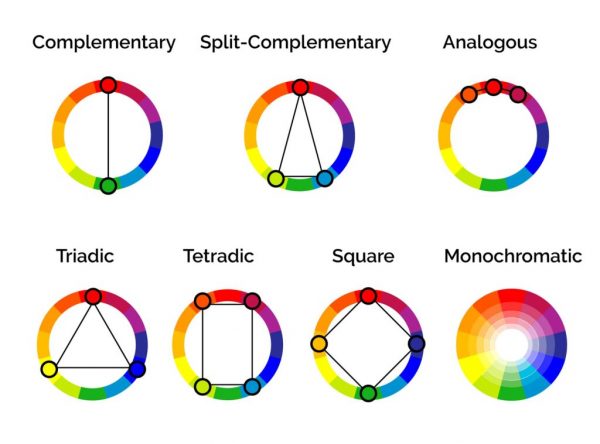Ketchup & Mustard Theory: How Marketers Use Colors to Convince Consumers [ARTICLE]


These days, it is easy to go to art stores and buy a variety of paint colors without needing to understand where they come from. But according to The Harvard Art Museums, some of the world’s rarest colors come from exotic sources, like beetles that live on cactuses or dry urine from cows that only feed on mango leaves.

Explorer, artist, and educator, Scott Sutton, also known as The Pigment Hunter, sources organic pigments from his regional environment to create art. He retells the striking story of the brightest red in the Oregon Coast: “There was a grizzly bear who fell off a cliff and when he hit the ground it stained red.” The Pigment Hunter claims that this color is the brightest red anyone can collect in the region. For centuries, paint pigments derived from natural sources could be challenging to find, requiring geographical maps, soil maps, tsunami maps and text stones that described locations for where minerals are found. Like many who came before him, Sutton’s knowledge of the natural environment informs the color combinations seen in his artwork.
What Is Color?
“Color theory” involves studying colors, their combinations, how humans perceive color, and the visual effects of mixing, matching and contrasting colors. But color is a phenomenon that we understand in relation to our perception. It is a concept that we use to process input traveling from our eyes to our brains and perceive the resulting information. Our understanding of color is entirely subjective.

In the early twentieth century, a Swiss psychiatrist by the name of Carl Jung studied the effects of color on the human mind and eventually developed a form of therapy designed to allow patients to express themselves with colors and images.
Color, he found, can ignite certain moods, certain atmospheres, and can have varying effects on human psychology and behavior. Today, color psychology is mostly used in marketing and advertising.
Color for Propaganda
Most of our reaction to color is subconscious and “consumers are generally unaware of the pervasive and persuasive effects of color,” according to J. H. Kleynhans, author of The Use of Color as a Tool for Propaganda. Kleynhans explains how the psychological effects of color can stimulate senses with the power of suggestion: “The power that color wields is seen at every level of communication: in corporate identification and logos, signage, advertising, on television, billboards, in print media and packaging, on the Internet and at point of purchase.”
We can see the effects and power of color reflected in consumer behavior. For example, according to color theorist Leatrice Eiseman, when we are rushing down the aisles in a supermarket, we only spend around .03 seconds looking at a package. In that moment, we make quick decisions based on colors that inform a package and its contents. Those same colors inform whether the product is something appealing to our eyes, taste, psyches, and pockets.

One of the most prominent color theory techniques in marketing is the “ketchup and mustard theory.” Yellow has long history associated with happiness, comfort, and warmth. It is supposed to elicit feelings of nostalgia. And red is used to represent love and power, as seen when Valentine’s Day comes around everything is painted red. Pair red with a yellow french fry and you might find yourself salivating. Marketing experts use these two colors grab our attention and heighten our metabolism.
Today’s marketers think a lot about how colors sell certain messages and have particular connotations. The usage of color is a vital foundation in publicizing, promoting, and communicating particular points of view to the public masses. If you are interested in learning more about how colors have been used throughout history to deliberately spread information, check out the video above. And if you want to dive deeper into how color is used in propaganda, check out Edward Bernay’s classic 1928 book: Propaganda.
The post Ketchup & Mustard Theory: How Marketers Use Colors to Convince Consumers appeared first on 99% Invisible.